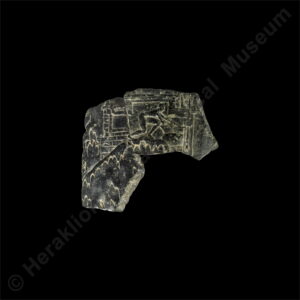
Peak Sanctuaries are places of worship located on the peak or just below the highest point of hills and mountains in the South Aegean. Most Peak Sanctuaries were founded as open-air cult places at the beginning of the Protopalatial period (c. 2000-1800 BC), and developed into organised places of worship with enclosures and buildings at the beginning of the Neopalatial period (c. 1700 BC). Extensive ash layers and the multitude of human and animal figurines found at these sites attest that they were sacred places with ceremonies at which worshippers dedicated figurines and other offerings to the deity. The models of human limbs frequently found among these offerings indicate that they were dedicated as ex-votos invoking the healing properties of the goddess, similarly to practices attested in Classical antiquity and Christian times. The large number of animal figurines may represent bloodless sacrifices to the goddess and herders’ prayers for the protection of their herds and flocks. However, over time the character and ritual of the cult seem to have become institutionalised and associated with the new structures of palatial societies. The discovery at Peak Sanctuaries of fine Kamares Ware, objects with Linear A inscriptions and other artefacts associated with cult practices, such as offering tables and bronze double axes, indicates the close relationship between the Sanctuaries and the practices and ideology of the ruling elites of the palatial communities, particularly Knossos, during the period of the New Palaces.